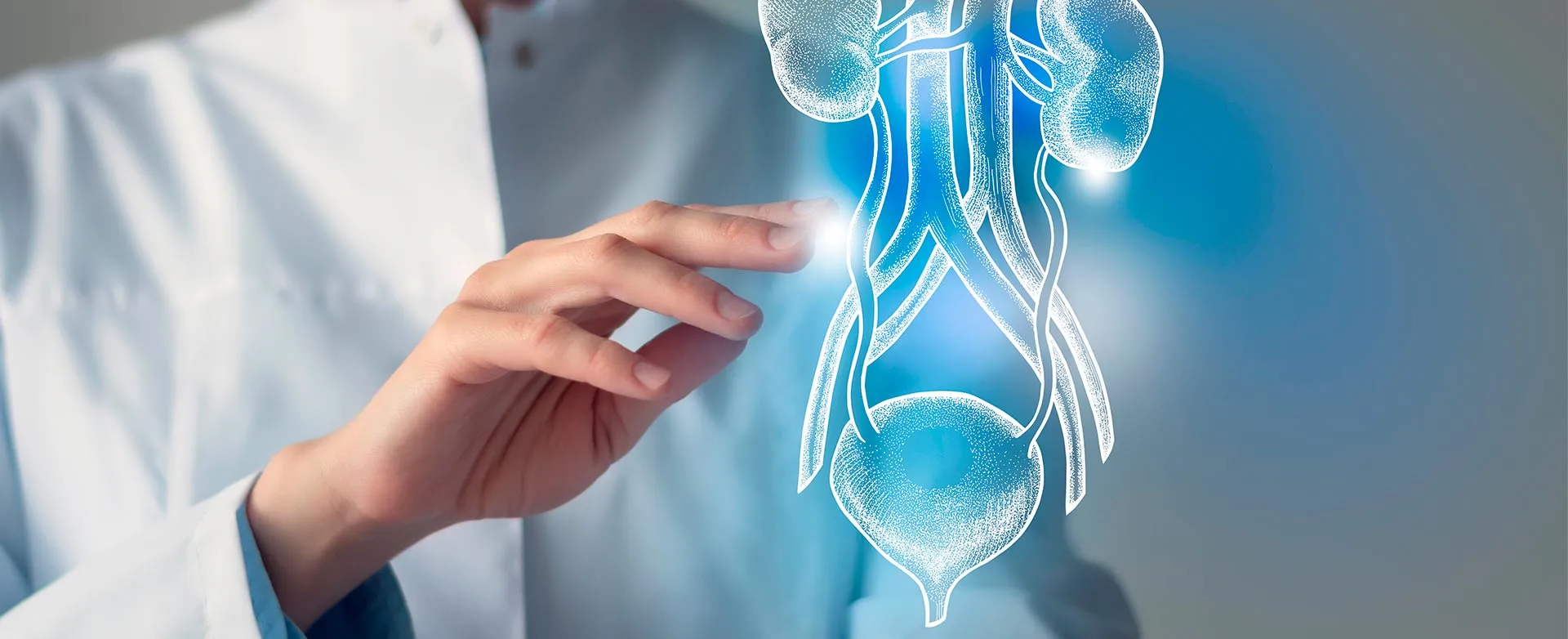Urology
Renal Lithiasis
Renal lithiasis1 is a very common disease, with an estimated global incidence of 2% to 3%. It is the third most common pathology of the genitourinary system, only surpassed by urinary infections and prostate problems. It is one of the most common causes of kidney colic and the stones can have different compositions. The largest proportion of kidney stones are of mixed constitution, with around 30% being formed by a single type of mineral. The most frequently found is calcium oxalate.
Kidney stones correspond to mineral deposits. Generally speaking, urine contains substances that prevent the formation of these crystals. When these mechanisms do not work, stones can form in the kidney, ureters or bladder. The causes for its formation are not always known, but genetic influence is important. Renal lithiasis is more common in people with other kidney diseases, in hyperparathyroidism, in renal tubular acidosis, in urinary infections, in obese people, in the presence of some intestinal diseases, in diets rich in proteins, sodium and sugar. Drinking too little fluid also increases your risk.
References:
1. Grases, F., Costa-Bauzá, A., & Prieto, R. M. (2022). Kidney Stones: Types & Prevention. 1ª ed. EDICIONS UIB.




